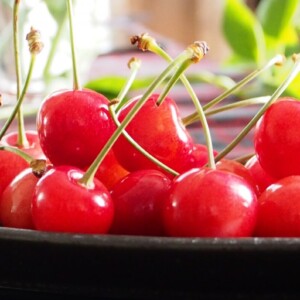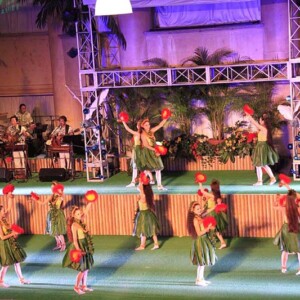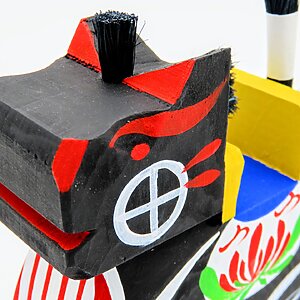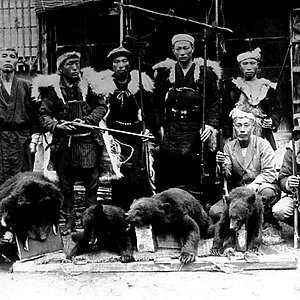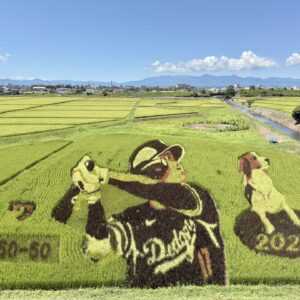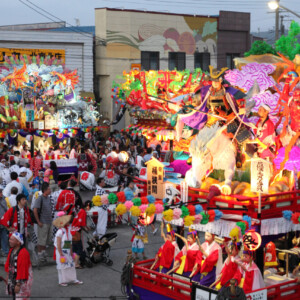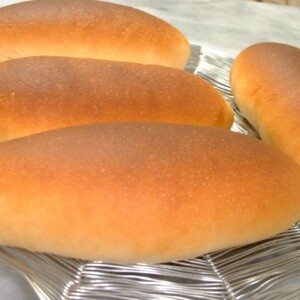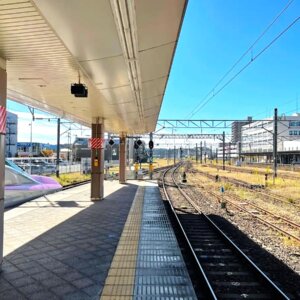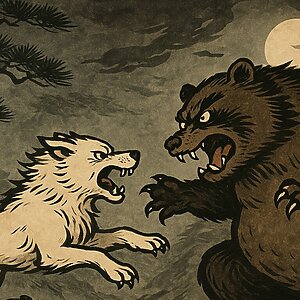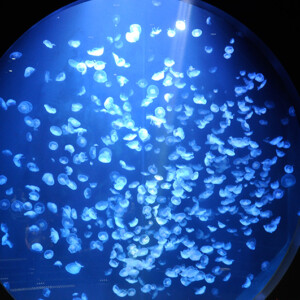
[Yamagata Prefecture] Tsuruoka's silk fabric industry created by changing swords to hoes.
table of contents
- 1 During the Edo period, Tsuruoka was ruled by the Sakai clan of the Shonai domain
- 2 Samurai who lost their jobs during the Meiji Restoration abandoned their swords and took up hoes, clearing the forests into mulberry fields
- 3 "Tsuruoka Silk" began at "Matsugaoka Reclaimed Land"
- 4 The Matsugaoka Reclamation Memorial Museum displays records and materials related to the reclamation of Matsugaoka
- 5 Silk Miraikan, a new interactive facility that opened in Silkworm House No. 4
- 6 A multi-story house in Tamugimata that was remodeled for sericulture
- 7 The Former Shibuya Residence, a representative multi-story house in Tamugimata and a nationally designated important cultural property
- 8 The main house of the wealthy Kazama family, who contributed to the development of Tsuruoka silk
- 9 The teachings of the Shonai Domain School, Chidokan, had a major impact on the land reclamation project
- 10 Uzen Silk Mill, dedicated to Tsuruoka silk since the Meiji era
- 11 Tsuruoka Silk Mail Order
Japan Heritage "Samurai Silk - Visit Tsuruoka, a town where you can encounter the original landscape of Japan's modernization"

Tsuruoka City in Yamagata Prefecture is home to three Japan Heritage sites: the sacred mountains of Dewa Sanzan (Gassan, Haguro, and Yudono), the Kitamae Ships' Port of Call, and Samurai Silk. The city also boasts many historical and cultural heritage sites, including four sokushinbutsu (self-mummified monks), a rare sight in Japan, enshrined at temples around Yudono and Nangakuji Temple
Furthermore, Tsuruoka City was the first city in Japan to be selected as a UNESCO Creative City of Gastronomy, as it is known for its unique food culture that must be preserved for the future, including vegetarian cuisine born from the faith in the Dewa Sanzan, and the unique crops and local cuisine of Shonai that have been cultivated since the days of the Shonai domain.There is also plenty to see and do, including hot springs, fruit, and scenery
Here we introduce the story of "Silk with a Samurai Connection: Tsuruoka, a Town Where You Can Experience the Original Landscape of Japan's Modernization," in which samurai from the former Shonai domain traded their swords for hoes, cleared forests, and began sericulture
During the Edo period, Tsuruoka was ruled by the Sakai clan of the Shonai domain
Tsuruoka was under the control of the Muto clan (also known as the Daihoji clan) from the Kamakura period until just before the Edo period. The Muto clan was destroyed in 1591, and Naoe Kanetsugu, a military commander of the Uesugi clan, temporarily occupied Daihoji Castle, but in 1601 it became the territory of Mogami Yoshiaki, lord of Yamagata Castle. Yoshimitsu changed the name of his castle to Tsurugaoka Castle, and in 1622 Sakai Tadakatsu became lord and established the Shonai Domain. The Sakai clan then ruled Tsuruoka as lords of the Shonai Domain until the Meiji Restoration

Samurai who lost their jobs during the Meiji Restoration abandoned their swords and took up hoes, clearing the forests into mulberry fields

The Meiji Restoration marked the end of the Edo Shogunate system, and a shift to a centralized political system led by the Meiji government. The feudal domains that had controlled local territories lost their power, and many samurai lost their jobs. Some high-ranking samurai were employed as "civil servants" in the county and town/village offices that were established in various regions, but most lower-ranking samurai were left unemployed
The Meiji government was also troubled by this issue and encouraged former samurai to cultivate land. This led to the development of many new lands across the country, including Hokkaido, the Asaka Plains in Koriyama City, Fukushima Prefecture (Japan Heritage Site "Asaka Canal"), tea fields in Shizuoka Prefecture, and the Inbanuma region in Chiba Prefecture
"Tsuruoka Silk" began at "Matsugaoka Reclaimed Land"

The Shonai Domain fought alongside the Aizu Domain and others against the Meiji government forces in the Boshin War (1868-1869), which was fought between domains that supported the Meiji government and the Edo Shogunate. The Meiji government forces were victorious, and the Shonai Domain samurai were branded as "rebels." The desire to clear that reputation united the former samurai, and became the driving force behind Tsuruoka's silk industry, which began with the reclamation of mountain forests into mulberry fields
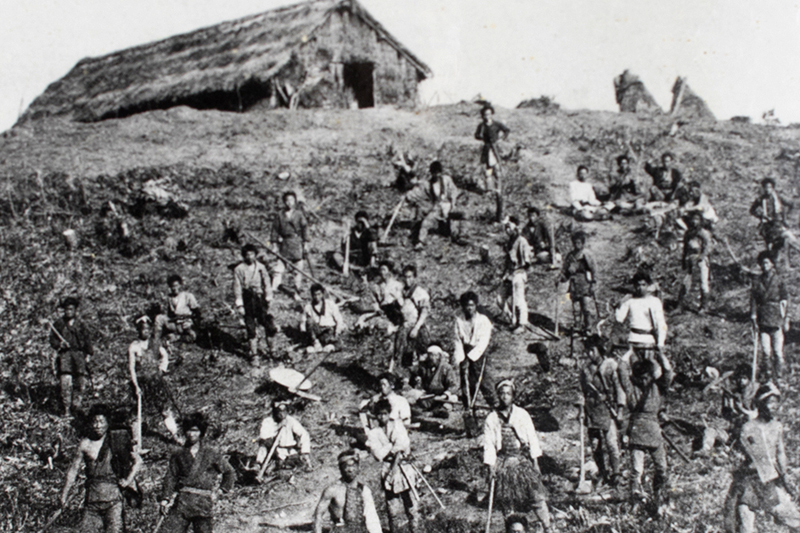
The reclamation of Matsugaoka began in 1872 (Meiji 5), just three years after the end of the Boshin War. Over 3,000 former feudal retainers rushed to the reclamation site. At the time, mulberry trees, which provide food for the silkworms that produce the raw silk (sanshi, or raw silk), were hardly cultivated in Tsuruoka. As a result, the first thing they decided to do was to create a mulberry field
The Matsugaoka Reclamation Field was started through the volunteer work of former Shonai samurai. It is said that their strong desire to "clear their names" was the driving force behind their volunteer work. While former samurai who fell into poverty reclaimed land all over the country, there are no other examples like the Matsugaoka Reclamation Field
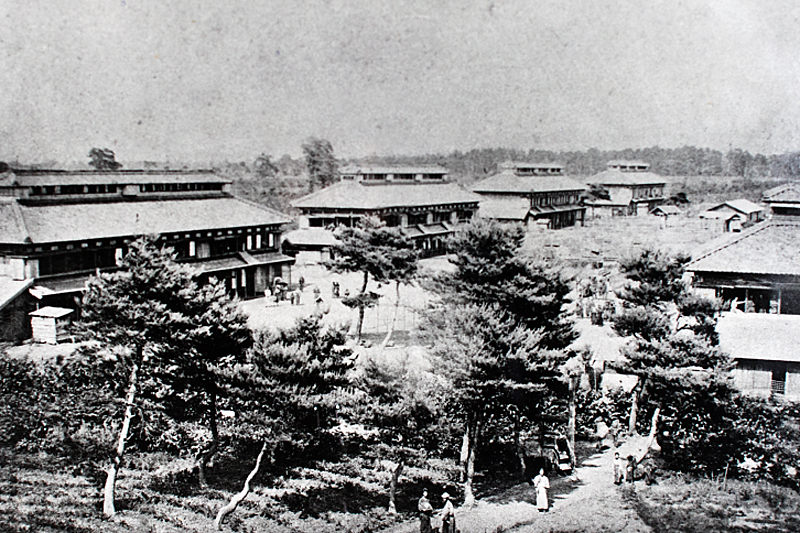
Once the mulberry trees were growing well, the next step was to raise silkworms. A silkworm room was completed in 1877 (Meiji 10). The silk threads harvested thereafter were made into silk fabric, marking the beginning of a full-scale textile industry in Tsuruoka that continues to this day
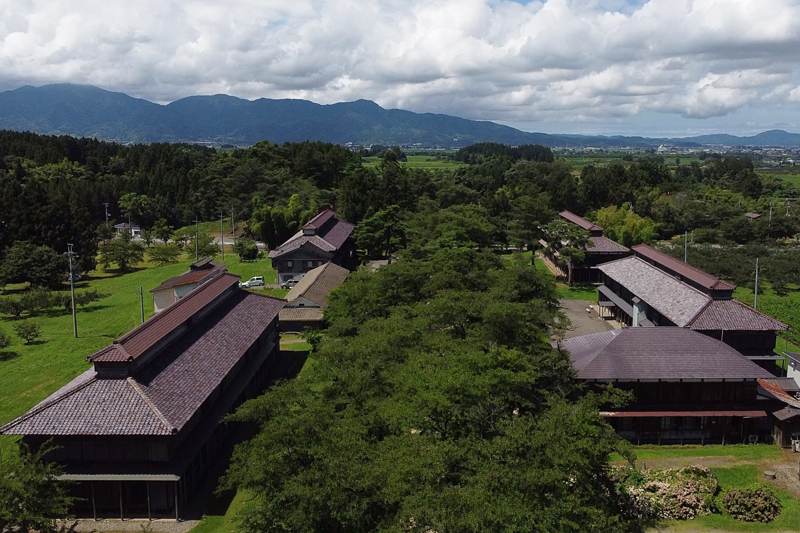
The Matsugaoka Reclaimed Land covers an area of approximately 23,950 square meters and includes the Honjin (administrative office/originally the temporary residence of Sakai Tadakatsu, the first lord of the Shonai domain, known as Takahata Palace)/Matsugaoka Honjin, which was relocated from Fujishima Village (then Fujishima, Tsuruoka City) in 1872; the Silkworm Industry Inari Shrine (Matsugaoka Silkworm Industry Inari Shrine), which was relocated from Tokyo in 1875; and five of the ten large silkworm rooms (Rooms 1-5), three stories high, that remain in their original state. Each building is preserved and open to the public, and some of the silkworm rooms are used as educational and experience facilities, such as the Matsugaoka Reclaimed Land Memorial Hall and Silk Mirai Hall. The Matsugaoka Reclaimed Land, including the Honjin and five silkworm rooms, is a designated national historic site
Matsugaoka Reclamation Area<Information>
- Facility name: Matsugaoka Reclamation Site
- Address: 25, 28, and 29 Matsugaoka, Haguro-cho, Tsuruoka City, Yamagata Prefecture
- Phone number: 0235-62-3985
- Opening hours: 9:00-16:00
- Closed: Wednesdays (or the following day if Wednesday is a public holiday), December 29th to January 3rd
- Free admission (Matsugaoka Honjin and Matsugaoka Reclamation Memorial Hall require admission fees)
- *Matsugaoka Honjin is open from 10:00 to 15:00 / Opening period: Mid-April to mid-November / Admission fee: 100 yen, free for junior high school students and younger)
- URL: Matsugaoka Reclamation Area
Google Maps
The Matsugaoka Reclamation Memorial Museum displays records and materials related to the reclamation of Matsugaoka
The Matsugaoka Reclamation Memorial Museum is the first of five silkworm rooms built in the early Meiji period, and displays documents and videos introducing the history of Matsugaoka reclamation, sericulture tools, and the subsequent development of silk production in Tsuruoka
Matsugaoka Reclamation Memorial Museum<Information>
- Facility name: Matsugaoka Reclamation Memorial Hall (Matsugaoka Reclamation Field No. 1 Silkworm Rearing Room)
- Phone number: 0235-62-3985
- Opening hours: 9:00-16:00
- Closed: Wednesdays (or the following day if Wednesday is a public holiday), December 29th to January 3rd
- Admission fee: 300 yen for adults, free for junior high school students and younger
- URL: Matsugaoka Reclamation Memorial Museum
Silk Miraikan, a new interactive facility that opened in Silkworm House No. 4
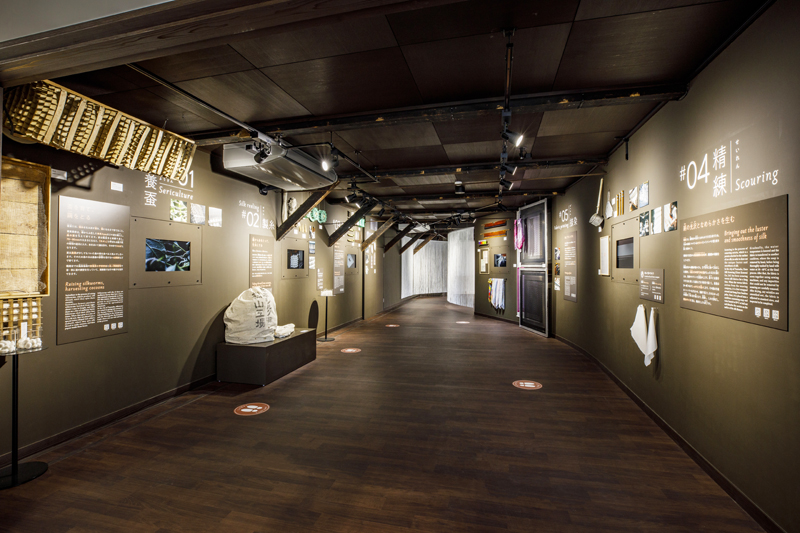
The Silk Future Hall occupies Silkworm Room No. 4 and features a video showcasing the process from sericulture to silk weaving, as well as an experience corner for hand weaving and spinning, and a silk product shop. This new exhibition facility was renovated and reopened in April 2022, and displays and raises silkworms for a limited time each year in June and September (please inquire)
Silk Mirai Hall<Information>
- Facility name: Silk Miraikan (Matsugaoka Reclamation Field No. 4 Silkworm Room)
- Opening hours: 9:00-16:00
- Closed: Wednesdays, December 29th - January 31st
- Admission fee: Free
A multi-story house in Tamugimata that was remodeled for sericulture
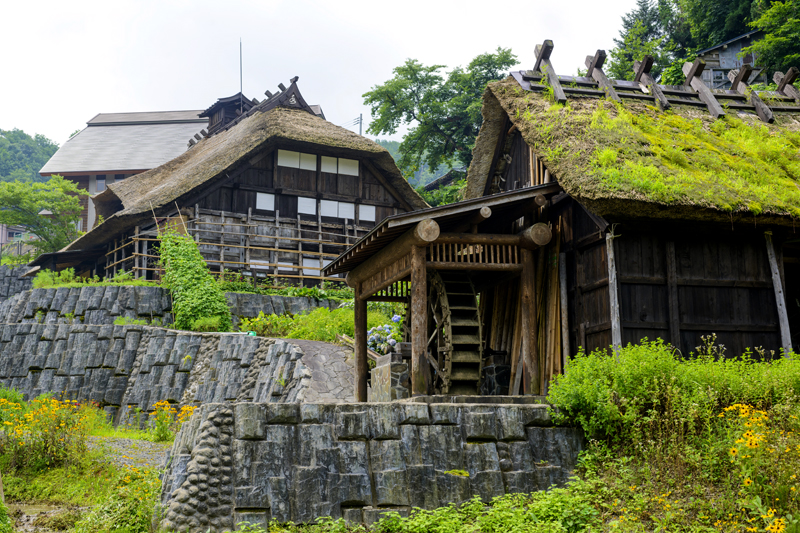
Since the Meiji period, sericulture in the area surrounding Tsuruoka has also become popular in the Tamugimata district along the Rokujurigoe Kaido mountain road, which ran from Yamagata City through the foothills of Mt. Gassan and Mt. Yudono towards Tsuruoka
During the Edo period, Tamugimata was a bustling post town for worshippers of Mount Yudono, but after the Meiji Restoration, pilgrimages to Mount Yudono declined and the area fell into a state of total desolation. This was where sericulture was introduced. Raising silkworms requires a room that is warm all day, so the second floor of a home, where the warm air from the hearth circulates, was often used as a silkworm-raising room. However, in the extremely cold and snowy town of Tamugimata, servants' rooms and storerooms were also built inside the house, so tall buildings with three floors and four layers were constructed, with the head of the household living on the first floor, the servants' rooms on the second floor, the silkworm-raising room on the third floor, and the storeroom above that. Moreover, because windows were needed on the second and third floors for ventilation and light, the houses were built in a unique thatched roof style known as "kabuto-zukuri" (helmet-style) style
The Former Shibuya Residence, a representative multi-story house in Tamugimata and a nationally designated important cultural property
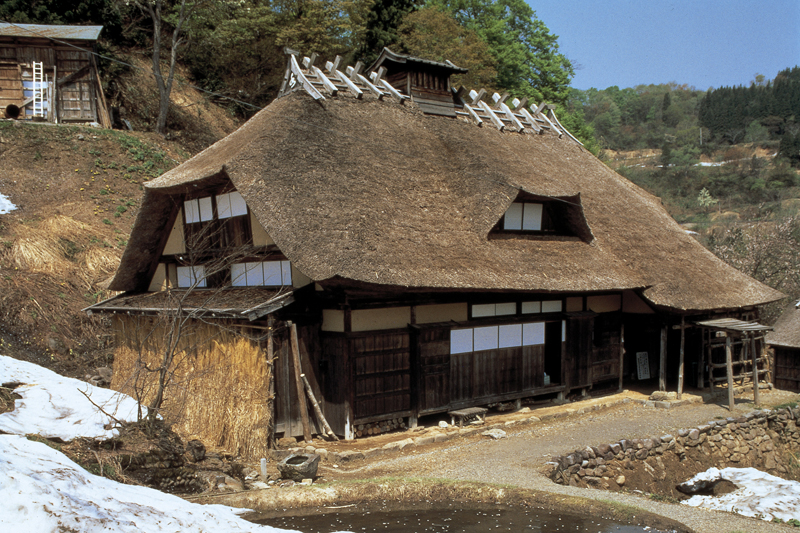
The Former Shibuya Residence is a four-story, three-storey private home that was located in Tamugimata and has been relocated to the Chido Museum, where it is preserved and open to the public. The original house was built in 1822 and is said to have been remodeled and reconstructed later for sericulture, becoming a multi-story house with a helmet-style thatched roof. Its precious and beautiful appearance has been designated an Important Cultural Property of Japan
The Chido Museum is an indispensable facility for learning about the history and culture of Tsuruoka City, with the former official residence of the Sakai family, the former feudal lords of the Shonai domain, open to the public as a museum, and its grounds include the relocated Former Shibuya Family Residence, the Former Nishitagawa County Office, the Former Tsuruoka Police Station, and other nationally designated Important Cultural Properties, as well as the Former Shonai Domain Lord's Incarnation Palace, the Sakai Family Garden, and exhibits of Important Tangible Folk Cultural Properties. The Former Shibuya Family Residence, Former Nishitagawa County Office, and the Former Shonai Domain Lord's Incarnation Palace are cultural properties that make up the "Silk of Samurai" project
Chido Museum<Information>
- Facility names: "Former Shibuya Family Residence," "Former Nishitagawa County Office," "Former Shonai Domain Lord's Inn" (permanent exhibit at the Chido Museum)
- Address: Chido Museum, 10-18 Yanakashinmachi, Tsuruoka City, Yamagata Prefecture
- Phone number: 0235-22-1199
- Facility name: Chido Museum
- Opening hours:
- March-November/9:00-17:00 (Admission until 16:30)
- December - February / 9:00 - 16:30 (Admission until 16:00)
- Closed: December 28th to January 4th, Wednesdays (December to February)
- Admission fee: General 800 yen, High school and university students 700 yen, Elementary and junior high school students 300 yen
- URL: Chido Museum
Google Maps
The main house of the wealthy Kazama family, who contributed to the development of Tsuruoka silk
The Kazama family was a wealthy merchant family that made their fortune as purveyors to the Shonai domain, but after the Meiji Restoration they switched to the money lending business, supporting the silk weaving industry and contributing to its development
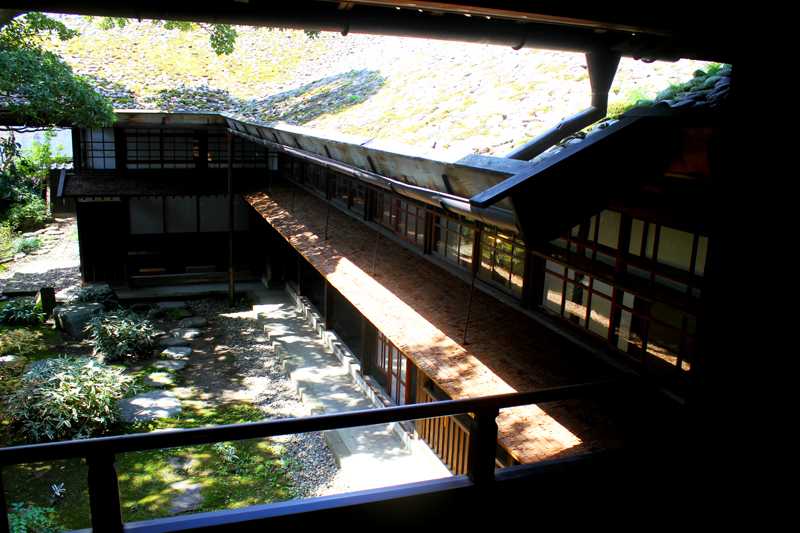
The former Kazama family residence, Heishindo, is a residence and store built in 1896 (Meiji 29) by Kouemon, the seventh head of the Kazama family, and is characterized by its stone-set roof made of approximately 40,000 stones. The building, named Heishindo, has been designated as an Important Cultural Property of Japan (the cultural property name is "Former Kazama Family Residence Main Building"). In addition, the baths, small parlors, front storehouse, middle storehouse and inner storehouse on the premises are also designated as Important Cultural Properties of Japan, and the former Kazama family villa, Muryokoan Shakado, is a registered tangible cultural property of Japan
Former Kazama family<Information>
- Facility name: Former Kazama family home (Former Kazama family home "Heishindo" and others)
- Address: 1-17 Babacho, Tsuruoka City, Yamagata Prefecture
- Phone number: 0235-22-0015
- Opening period: Mid-April to November (closed for the winter from December to mid-April)
- Opening hours: 9:30-16:30 (last entry at 16:00)
- Closed: July 13th, December to early April
- Admission fee: Adults 400 yen, elementary and junior high school students 200 yen
- URL: Former Kazama Residence
Google Maps
The teachings of the Shonai Domain School, Chidokan, had a major impact on the land reclamation project
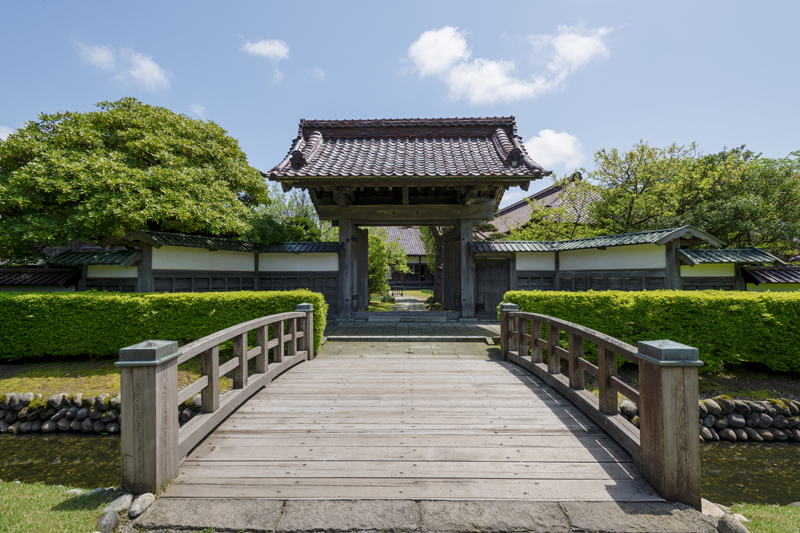
"Chidokan, Shonai Domain School" was a domain school founded in 1805 by Sakai Tadanori, the seventh lord of the Shonai domain. Although it was closed in 1873 (Meiji 6), its educational philosophy of "Soraigaku," which emphasized independence and fostered the strengths of each individual, is said to have had a significant impact on the land reclamation project. It is a national historic site and a cultural asset included in "Silk Associated with Samurai."
Chidokan<Information>
- Facility name: Shonai Domain School Chidokan
- Address: 11-45 Babacho, Tsuruoka City, Yamagata Prefecture
- Phone number: 0235-23-4672
- Opening hours: 9:00-16:30
- Closed: Wednesdays (or the following day if Wednesday is a public holiday), December 29th to January 3rd
- Admission fee: Free
- URL: Shonai Domain School Chidokan
Google Maps
Uzen Silk Mill, dedicated to Tsuruoka silk since the Meiji era
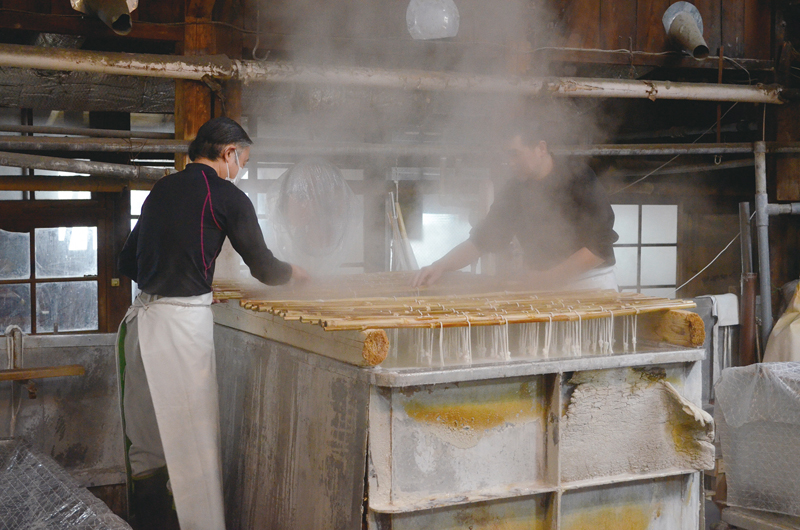
Uzen Silk Degumming Co., Ltd. is a silk fabric refining company founded in 1906 (Meiji 39). Degumming is the process of finishing products woven at textile factories into final products, and has made a significant contribution to the high reputation that Tsuruoka-produced silk fabrics have earned. Except for the period during World War II when operations were suspended, silk fabric degumming work using cauldrons has continued since the company's founding
Uzen silk training<Information>
- Facility name: Uzen Kinren Co., Ltd
- Address: 21-1 Shinkaicho, Tsuruoka City, Yamagata Prefecture
- Phone number: 0235-24-1300
- URL: Uzen Kinunen
Google Maps
Tsuruoka Silk Mail Order

Tsuruoka Silk<Information>
- Distributor: Tsuruoka Silk Co., Ltd
- Website: kibiso



!["Mogami safflower" certified as a Japanese heritage and Japanese agricultural heritage [Yamagata Prefecture] Mogami safflower](https://jp.neft.asia/wp-content/uploads/2022/12/30121446_m-1-150x150.jpg)
![A historical heritage that remains at Tsuruoka, the port of call for Kitamae Ship [Yamagata Prefecture] Daihokan](https://jp.neft.asia/wp-content/uploads/2023/04/4561241_l-150x150.jpg)
![[Tsuruoka City, Yamagata Prefecture] Yutagawa Onsen has been designated as a national recreational hot spring area! Come visit us to relieve your daily fatigue 190_Yudagawa Onsen (front bath)](https://jp.neft.asia/wp-content/uploads/2023/03/daf5d84ea9950864cf549ab6c8ac0e8d-150x150.jpg)
![[Tsuruoka City, Yamagata Prefecture] Tsuruoka's food culture has been passed down for hundreds of years 1470_Zenpoji Temple](https://jp.neft.asia/wp-content/uploads/2023/04/2d6b75e2500adfb8f7b8e6c68a2f7a03-150x150.jpg)
![[Tsuruoka City, Yamagata Prefecture] Tsuruoka City, home to four national hot spring resorts 26661228 m](https://jp.neft.asia/wp-content/uploads/2023/03/26661228_m-150x150.jpg)
![A tour of the 33 remaining Kannon in Minami Aizu. "Thirty-three Kannon" certified as a Japanese Heritage Site [Fukushima Prefecture] 11_MG_9631](https://jp.neft.asia/wp-content/uploads/2022/11/11_MG_9631-150x150.jpg)
![[Aizuwakamatsu City, Fukushima Prefecture] “Aizu Thirty-Three Kannon” tours around the Kitaaizu area, centering on Aizuwakamatsu 25949683_m](https://jp.neft.asia/wp-content/uploads/2023/02/25949683_m-150x150.jpg)
![The Golden Legend of Mutsu Province | The Koganeyama Gold Mining Site in Wakuya Town, said to be Japan's first gold-producing region [Miyagi Prefecture] 32555826_m](https://jp.neft.asia/wp-content/uploads/2025/10/32555826_m-150x150.jpg)

